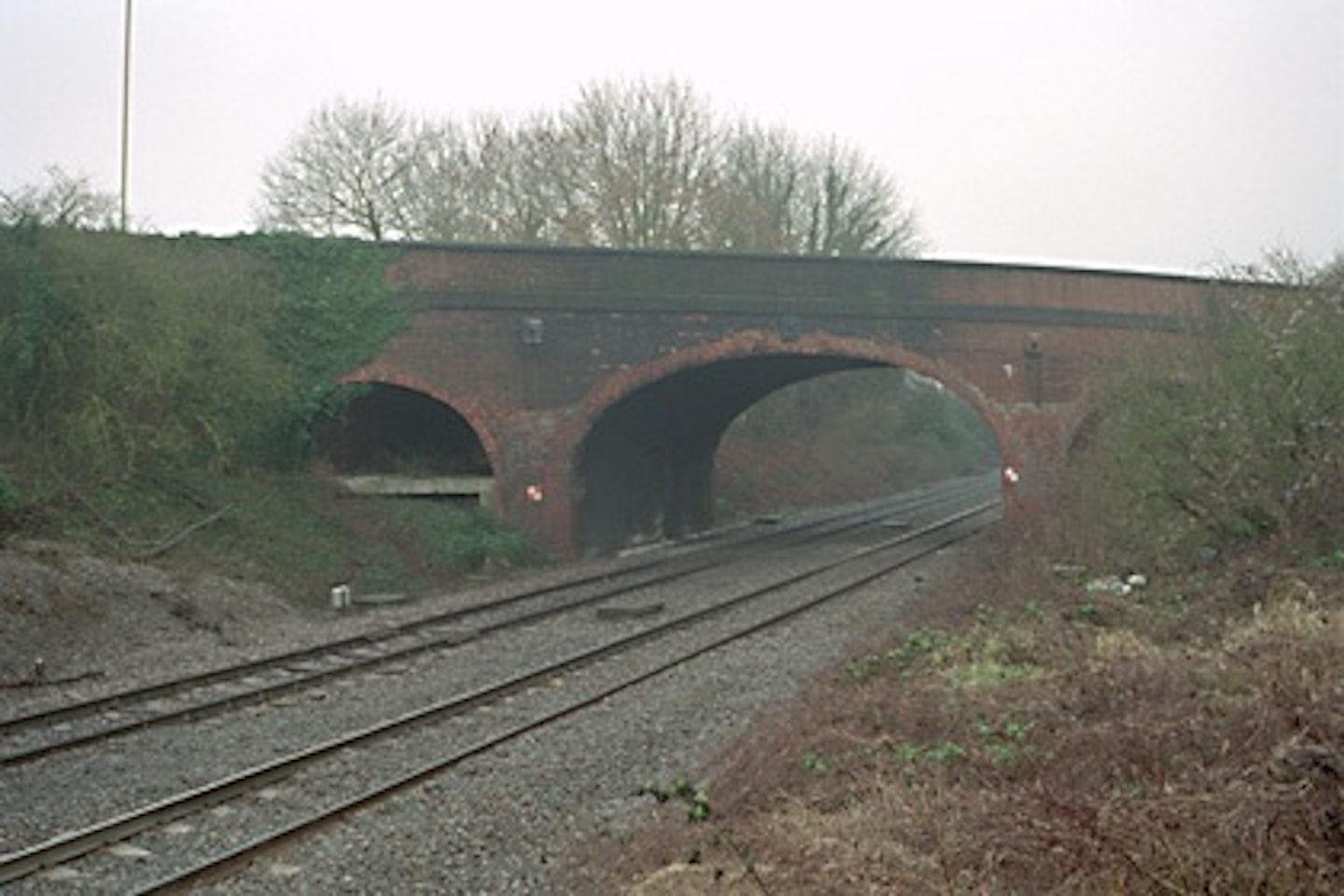I’m one of those people who, a few years ago, would have been called a ‘silver surfer’. I was quite late in taking to new technology and though I take part in forums and so-called ‘social media’, when I view some of it, I’m far from convinced that it’s a good idea. In fact, I’m convinced that my time could sometimes be much better spent but there is little doubt that it’s compulsive. What captivates me is often the desire to understand an issue rather than to take much notice of the, often- biased, individual comments.
There is, for instance, on Facebook, news and information about the ongoing road traffic issues near my home in Northamptonshire, as work begins on repairs to a river bridge weakened by years of neglect, compounded by the complete financial meltdown of our County Council. Ignore the political comments and the rest is useful stuff.
The same is true of a certain railway modelling forum where over 200 pages have been written on the subject of the Great Western mainline electrification. While this is not a modelling topic it reflects the interest which we modellers rightly take in all aspects of the full size railway. Sadly, most of those 200 pages are devoted to discussions around what can, or should, be done about a bridge at Steventon, between Didcot and Swindon.
The bridge is close to two level crossings, so the overhead catenary needs to dip down to pass under the bridge and then rise immediately to give adequate clearance over the level crossings. The resultant ‘incline’ in the wires is far beyond what a pantograph can cope with, so electrification requires the bridge to be demolished and replaced with a new structure with adequate clearance. Seems reasonable enough, except……
The bridge dates from the original construction (c.1839) and is attributed to I.K. Brunel as part of his GREAT Western Railway. He, himself, coined the name and emphasised the ‘Great’. Whether he actually designed the bridge is somewhat immaterial as the great engineer paid attention to all such aspects of what he described as ‘the finest work in England’. The bridge is similar to others, particularly one at Appleford. It is an ordinary road bridge. Nothing special, and that works both for and against it. In its favour it shows how the great engineer paid attention to the detail of the ordinary features of his railway. It is not elaborate or decorated but it is elegant and aesthetically pleasing. And, now, it is rare.
In fact, much of Brunel’s original work was lost or disfigured in less enlightened times, particularly when the main line was quadrupled between Reading and Swindon in the late 19th/early 20th centuries. At Appleford, the construction of a modern halt has done the listed Brunel bridge no favours.
Way back, in the preparation for electrification, there was a joint Railtrack/English Heritage survey of the line to assess what was left of Brunel’s original and to grade features in order of importance. The line had, after all, been seriously considered for World Heritage Site status. The prospect of electrification put paid to that. The gist of the survey was that so much of the original had been lost that anything which survived should be protected from future loss. Many features were given the protection of listed status if they didn’t already have it.
I read through that massive document at the time but I no longer have access to it and I can’t recall what was written with regard to any specific structure. The fact that this bridge was listed in February 1988 means that it was listed at the suggestion of BR, not the much-maligned (on the forum) people of Steventon, who have become the villains of the piece as they attempt to ensure the survival of a piece of local history and national significance.
I wish them luck. Lowering the track or jacking up the bridge would surely be options to consider. I would expect modern engineers to come up with an ingenious solution. IKB would surely have done so.

